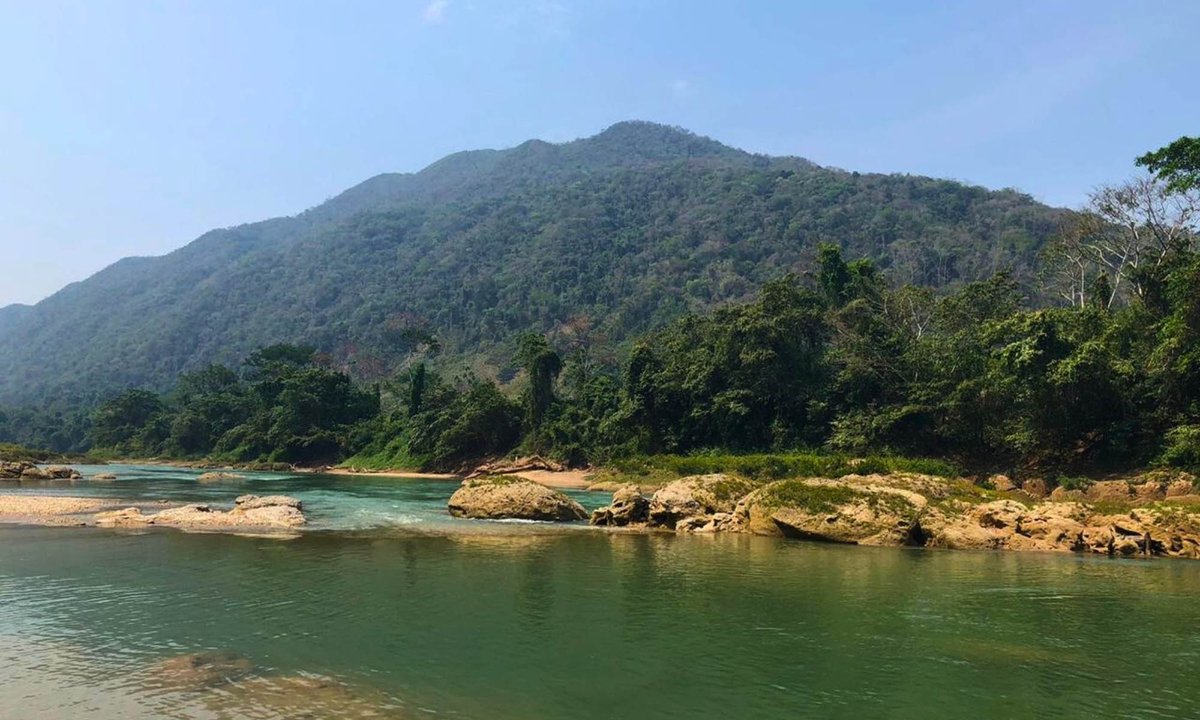
"The Sac Balam site features monumental architecture, ceremonial plazas, and partially preserved stelae inscribed with glyphic texts dating from the late 17th century."
"After the fall of their capital, Lacam-Tún, in 1586, the Lacandon Ch'ol Maya retreated into the Lacandon Jungle and established Sac Balam."
"Sac Balam appears to have been a politically and spiritually significant settlement, perhaps a capital in exile."
"Toledo employed a geographic information system (GIS) to reconstruct possible historical routes to and from the site, based on contemporaneous records."
The lost city of Sac Balam, identified through advanced Lidar scanning, features monumental architecture, ceremonial plazas, and glyphic texts dating to the late 17th century. Archaeologists revealed that after the fall of Lacam-Tún in 1586, the Lacandon Ch'ol Maya established Sac Balam in the jungle, maintaining its independence until Spanish contact in 1695. The site is located in the Montes Azules Biosphere Reserve, with evidence suggesting it was a politically and spiritually significant settlement, possibly a capital in exile for the community.
Read at The Art Newspaper - International art news and events
Unable to calculate read time
Collection
[
|
...
]